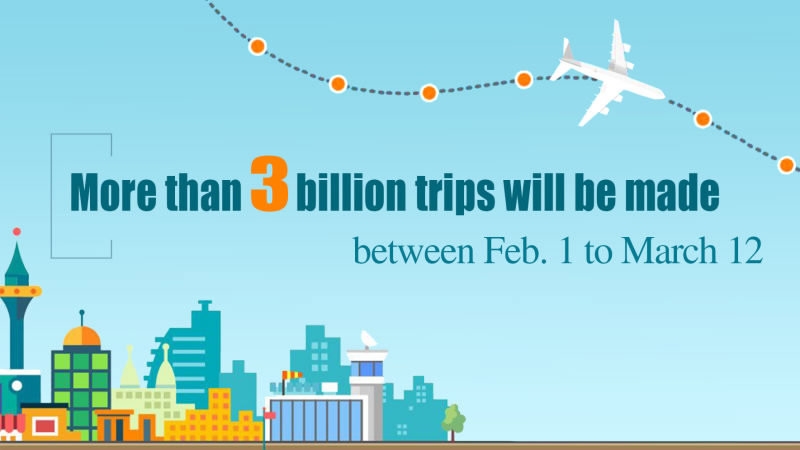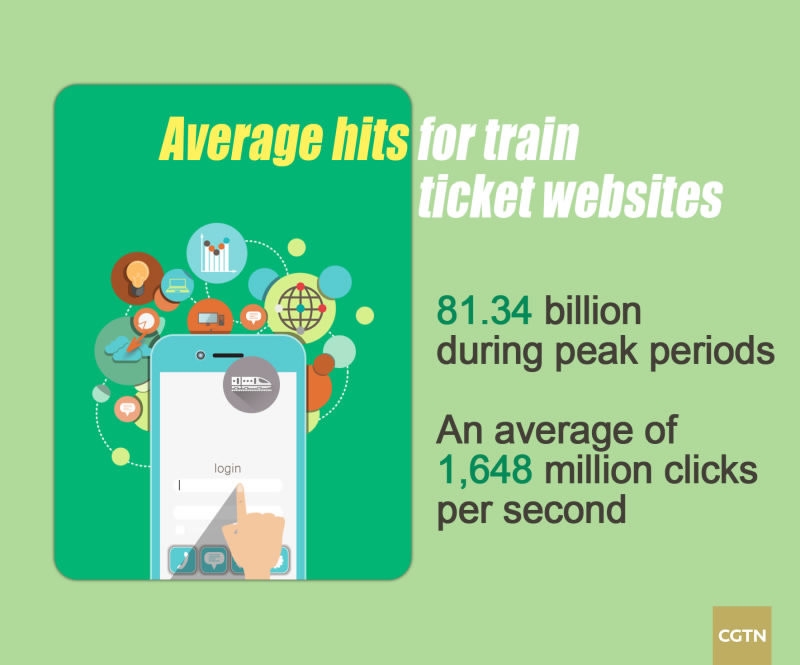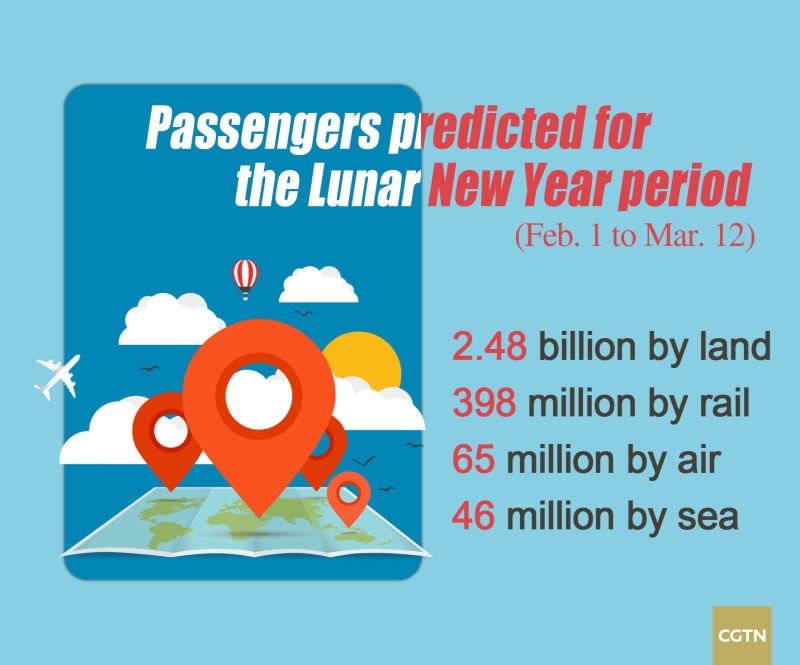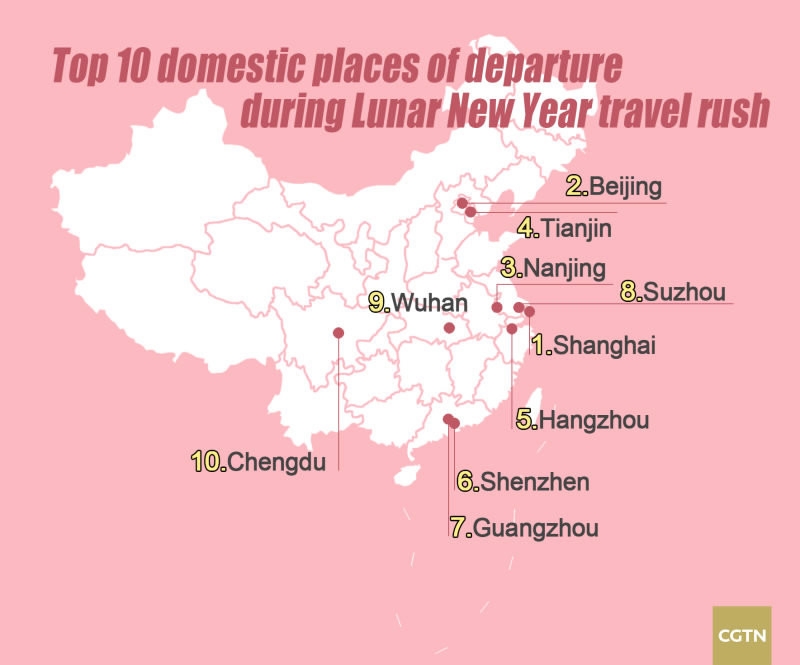
Culture
16:43, 25-Jan-2018
Brace yourselves! The world's largest human migration is only weeks away
By Wang Jia

In just a few days, China will experience a spectacular large scale phenomenon which will temporarily shift the country's population from the big bustling metropolises to the normally quieter urban areas and the countryside. The world's largest annual human migration is upon us, as China switches to festive mode for the Lunar New Year, which falls on Feb. 16 this year.
Hundreds of millions of Chinese workers and students will soon head back to their hometowns, setting off a travel rush that will empty the country's megalopolises, bring life back to the far-flung cities and almost vacant villages, clog highways and railways, and send airports into a frenzy.
The Lunar New Year, or Spring Festival, is the most important holiday in the Chinese cultural calendar. It is seen as a time of family reunions and reconnection, prompting separated members to cross long distances and sit together at one table.
No matter how far parents or their offspring have to travel in China, they are always willing to make the journey home during Chinese New Year.
More than three billion trips are expected to be made during the 2018 Spring Festival travel rush - also known as Chunyun - between Feb. 1 and March 12, a 10-percent increase year-on-year. The average individual trip is expected to be 700 kilometers.
Round-trip tickets
Preparations are already in full swing as Chinese people race against time – and fellow countrymen – to secure train or air tickets home.
On Jan. 11 alone, more than 10.2 million tickets were sold on the official China Railway Corporation website. The platform has been coping with massive traffic since train tickets went on sale, increasing its ticketing capacity from 10 million to 15 million tickets per day.

CGTN Photo
CGTN Photo
Average page views can reach 81.34 billion every day during peak periods, while the highest amount of clicks per hour stands at 5.93 billion, with an average of 1.648 million clicks per second, according to Zhu Jiansheng from the Institute of Computing Technologies at the China Academy of Railway Sciences.

CGTN Photo
CGTN Photo
This year, authorities expect Chinese travelers to make 2.48 billion trips by land, 398 million by rail, 65 million by air and 46 million by ship or boat during the 40-day travel frenzy.
The two travel peaks of Chunyun will be on Feb. 12 when people leave for home and on Feb. 21 when they return for work.
A time for sightseeing and spending
Spring Festival is also a big consumer holiday, with around 840 billion yuan (138 billion US dollars) spent on shopping and eating during last year's Golden Week holiday. This number is more than twice as much as the amount US consumers spent on Thanksgiving in 2015.
College students and migrant workers are the main travelers during the holiday. The latter group consists of about 287 million people – around 37 percent of the nation’s workforce – according to the National Bureau of Statistics. These workers usually come from the rural parts of China, traveling long distances to find work opportunities in big cities far from home. For many, the Chinese New Year is their only holiday, and a rare chance to spend time with family - including their children, who are normally left in the care of grandparents.
The travel rush takes people from the country's booming eastern and southern coasts, as well as Beijing in the north, to inland cities, towns, and villages. A reverse trend occurs about a week after the holiday.

CGTN Photo
CGTN Photo
Shanghai, Beijing, Nanjing, Tianjin, Hangzhou, Shenzhen, Guangzhou, Suzhou, Wuhan and Chengdu are the top 10 domestic departures this year, according to a report published earlier this month by Chinese online travel company Tuniu.
Inland areas and cities including Hainan, Yunnan, Guangdong, Fujian and Heilongjiang are also among the popular travel destinations for Chinese travelers. Meanwhile, outbound holidaymakers favor destinations such as Thailand, Japan, France and the US.

SITEMAP
Copyright © 2018 CGTN. Beijing ICP prepared NO.16065310-3
Copyright © 2018 CGTN. Beijing ICP prepared NO.16065310-3